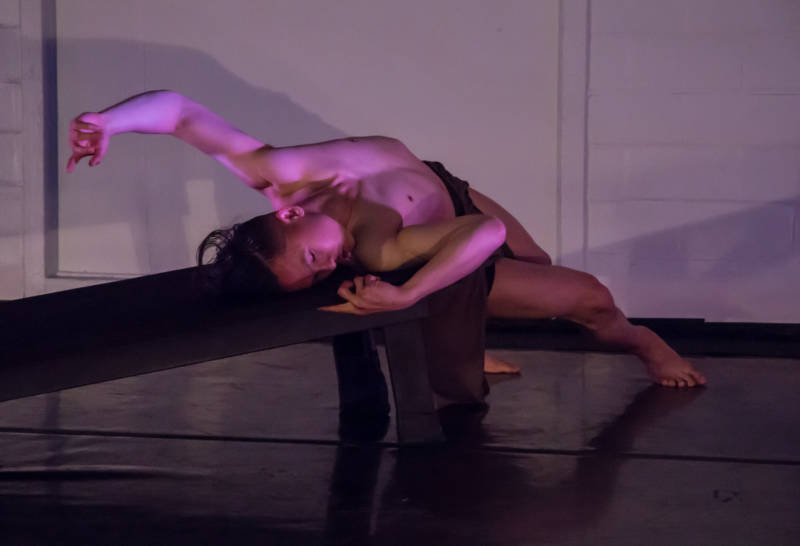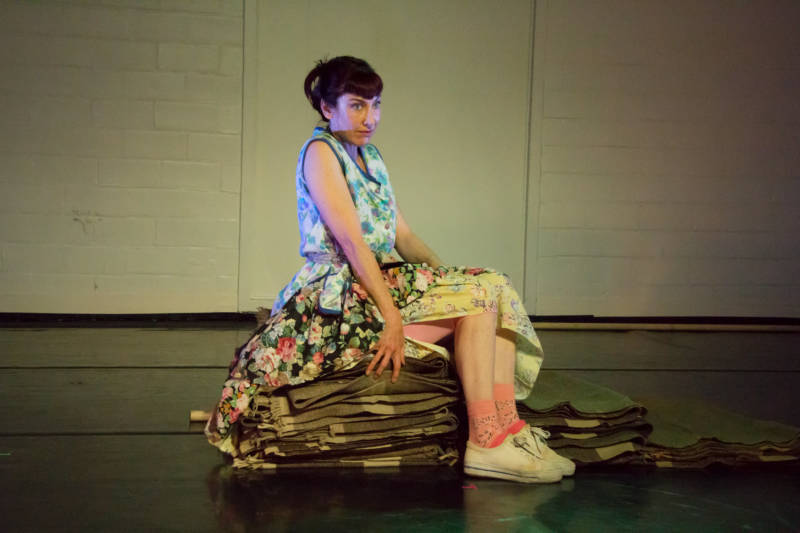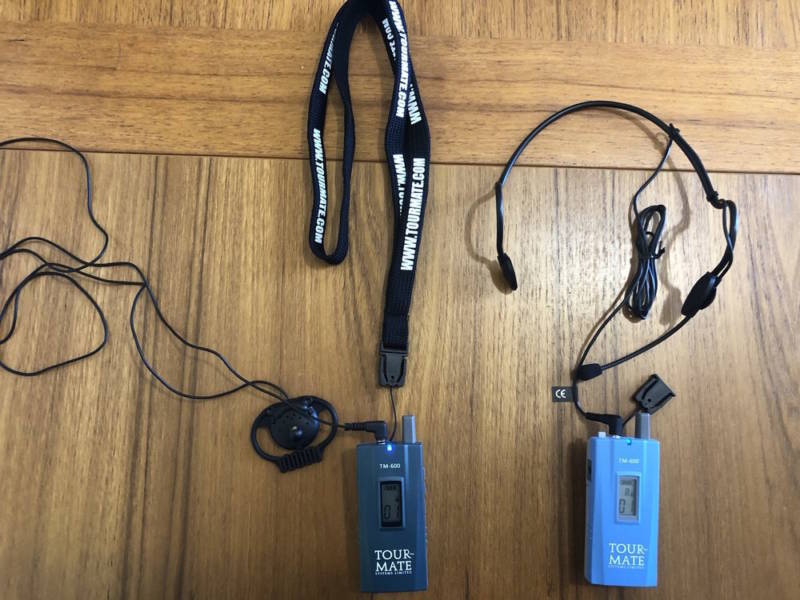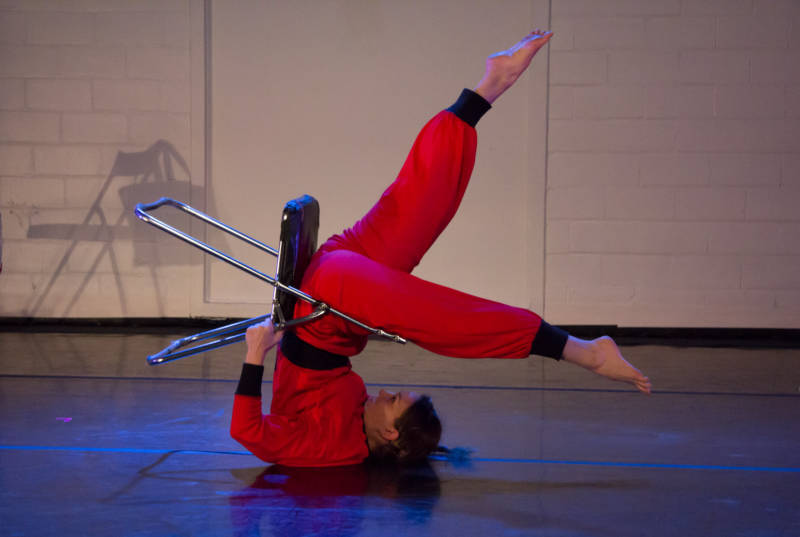When I get to the Fort Mason Fire House early on a Sunday evening in June, the wind is already rolling off the bay and buffeting my bicycle like a bumper car.
I’m here to take a preshow haptic tour of Deborah Slater’s Solos Lost and Found, a choreographed work that’s part of the San Francisco International Arts Festival. It’s a revival of some of Slater’s classic pieces, celebrating her company’s 30-year anniversary, but what draws me to this particular performance is a new audio description service by Jess Curtis/Gravity, an experiential dance company with a history of accessibility activism and programming,
While audio description for the visually impaired is not a wholly unknown service in the Bay Area (a San Jose-based organization, AudioVision, frequently describes shows for both SHN and the Curran Theatres in San Francisco), it hasn’t much penetrated the strata of smaller and more experimental theater and dance companies. Jess Curtis wants to change that.
‘Standard Practice’
Over the years, Curtis has created much of his work with an emphasis on access and accessibility. But even he hadn’t wholly considered the importance of audio description for the visually impaired until working with disabled dancer Claire Cunningham on their collaborative The Way You Look (at me) Tonight in the UK.
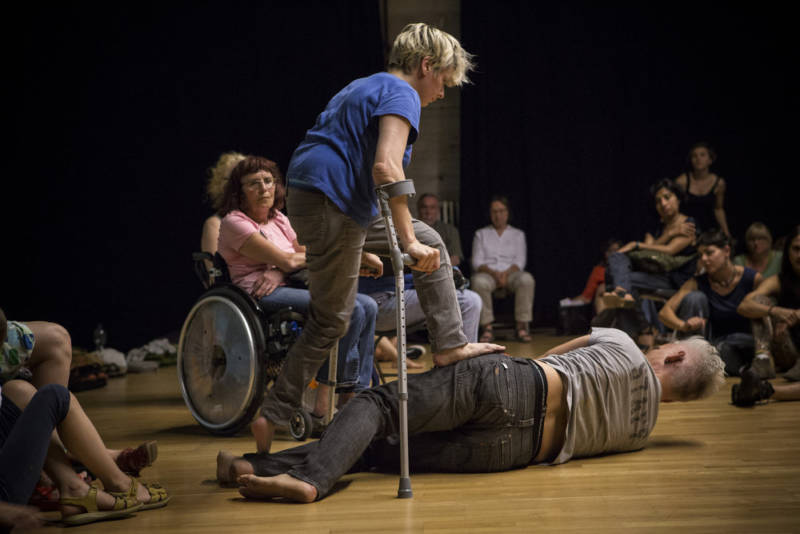
“In the UK it’s standard practice,” Curtis mentions to me, speaking from Berlin via Skype. “Almost any publicly funded theater there will have audio description, and sign language interpretation, and what they call ‘relaxed’ performances—a whole range of accommodation.” He attributes these standard practices to his observation that disability rights activism in the UK appears to be a “lot more advanced” than in other places, including the Bay Area.
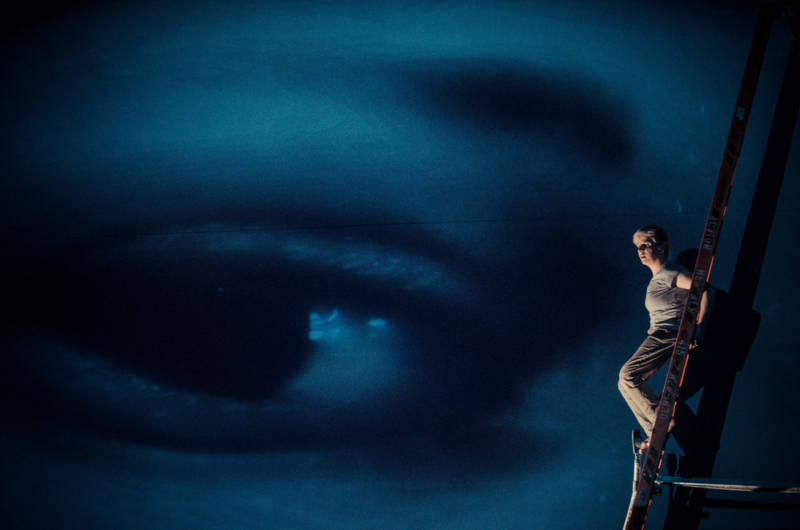
As a body-based artist, Curtis’ exploration of the relationship between artist and audience bodies is a fundamental part of his practice. So for him, describing said bodies so that the visually impaired can follow the action is a logical continuation of his work. In the piece he’s currently creating in Berlin, (in)Visible, he incorporates audio description into the piece organically, with input from visually impaired performers and consultants such as UC Berkeley’s Georgina Kleege and nationally recognized access activist Tiffany Taylor.
